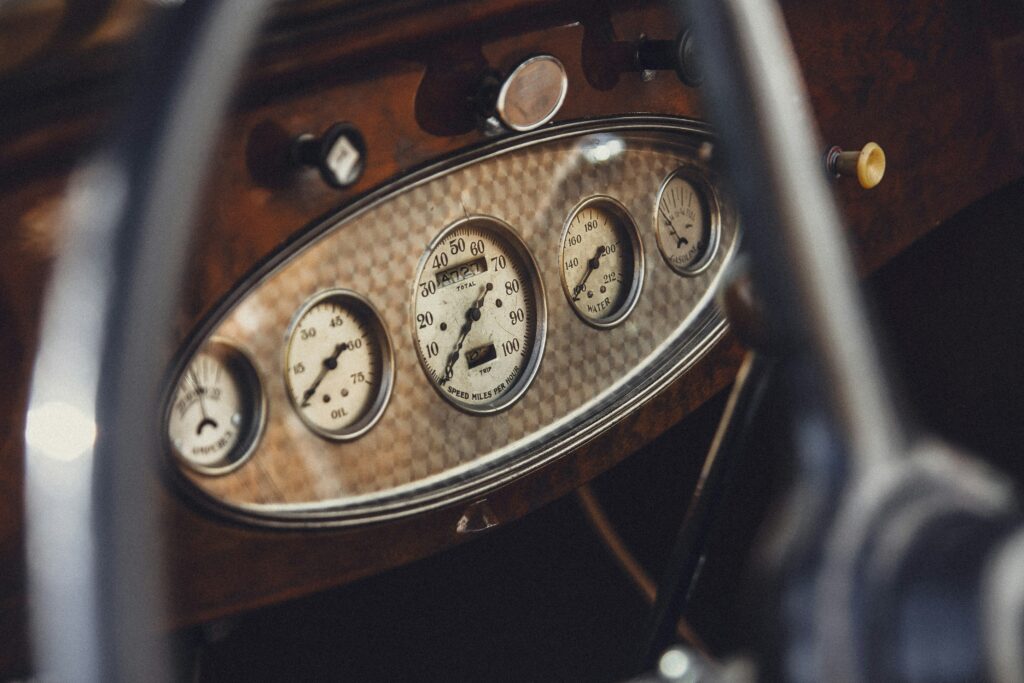
The Importance of Mileage Maintenance Every 30,000 Miles: A Comprehensive Guide
As owners of cars, we are aware of how important it is to maintain our vehicles regularly. Mileage maintenance is one crucial factor that is frequently disregarded. More specifically, you should start paying closer attention to keep the durability and functionality of your car. Especially, consider taking actions after the mileage reaches 30,000. We’ll go over the importance of mileage maintenance at every 30000 miles in this extensive guide. You should take to maintain the best possible condition for your vehicle.
Essential Maintenance At Every 30000 Miles
- Oil Change: Although routine oil changes are necessary, sometimes a more thorough service is necessary after 30,000 miles. To guarantee the best possible engine lubrication and performance, think about using premium synthetic oil.
- Tire inspection and rotation: Your car’s performance and safety largely depend on its tires. Examine your tires for evidence of uneven wear at 30,000 miles, and think about rotating them. This prolongs the life of your tires and ensures even tread wear.
- Brake System Check: A thorough inspection of your brake system is crucial for your safety. This includes checking brake pads, rotors, and fluid levels. Addressing any issues early can prevent costly repairs in the future.
- Fluid top-ups and checks: Make sure all necessary fluids works perfectly. Regularely check power steering, brake, coolant, and transmission fluid. To keep things at their best, top up or swap out fluids as necessary.
- Air Filter Replacement: For an engine to operate efficiently, the air filter must be clean. To guarantee adequate air intake and fuel combustion, replace the air filter every 30,000 miles.
Why Every 30000 Miles Matter

Starting the road to 30,000 miles is a significant milestone for your beloved automobile. As the odometer approaches this critical point, it indicates that many components within your vehicle have endured the normal process of wear and tear. This time calls for a thorough examination and maintenance schedule, as crucial systems in your car will benefit greatly from your attention. Neglecting these critical checkpoints has serious ramifications, possibly paving the way for future problems that will affect your vehicle’s performance and safety. Recognizing and treating these requirements at the 30,000-mile mark is more than just a regular duty; it is a proactive investment in the vehicle’s continued health and reliability.
How Do You Detect Maintenance Issues Every 30000 Miles?
Identifying any maintenance concerns with your vehicle is critical to keep minor issues from growing into more expensive fixes or jeopardising your safety while driving. The following are a few indicators that your automobile needs maintenance:
- Dashboard Warning Lights: Modern automobiles include various sensors that illuminate warning lights on the dashboard when you identify an issue. Pay close attention to warning lights for the engine, brakes, oil, and other essential components.
- Any abrupt or odd noises, such as grinding, squeaking, or banging, might signal a problem with the engine, brakes, suspension, or other components. Unusual noises require examination.
- Performance Changes: A drop in fuel economy, slow acceleration, or trouble starting the engine might be signs of problems with the fuel system, spark plugs, or other engine parts.
- Fluid Leaks: Any puddles or patches under your parked automobile may indicate a fluid leak. Fluids (oil, coolant, and transmission fluid) of different colours can be used to assist in locating the issue’s origin.
Extra Hints To Find Out New Issues

Problems with the brake system that requires quick treatment include pulsing brake pedals, screaming sounds made when braking, and spastic or non-responsive brakes. Overheating: If your automobile overheats a lot, it can be because of cooling system issues, including a broken water pump, thermostat, or radiator. Odd Smells: Odd smells inside or outside the automobile, such as burning gasoline or a pleasant scent, might indicate several problems, such as fluid leaks, exhaust troubles, or overheating.
Gearbox problems might be indicated by strange noises when the gearbox is engaged, delays in reaction, or difficulty shifting gears. Worn Tires: Improper tire wear, apparent damage, or bulges can affect how safely and maneuverably your car handles. Check your tires frequently and replace them if needed. Electrical Problems: Faulty lights, power windows, or other electrical components might indicate wiring or battery issues.
The Best Car Mileage Blocker For Every 30000 Miles
Let me present you with a mileage blocker, an incredible module capable of stopping the addition of miles from all control units. What makes it unique? It is capable of doing everything in an untraceable manner. Altered data is entirely untraceable. The high-quality module is for practical applications, such as testing your vehicle without worrying about extra kilometres on the odometer. However, owing to its faultless performance and dependability, individuals use it for evil intent. The manufacturers of these tools do not condone their immoral use. What is the finest advantage you have? The kilometers do not add up automatically when you remmove the module. Now you can purchase the innovative mileage blocker unique device online.
Takeaway
Mileage maintenance at 30,000 miles is a proactive way to keep your car operating smoothly and avoid issues. By following a detailed maintenance checklist, you can extend the life of your vehicle, improve performance, and ensure a safer driving experience. Don’t underestimate the value of regular maintenance; your automobile and pocketbook will thank you in the long run.




